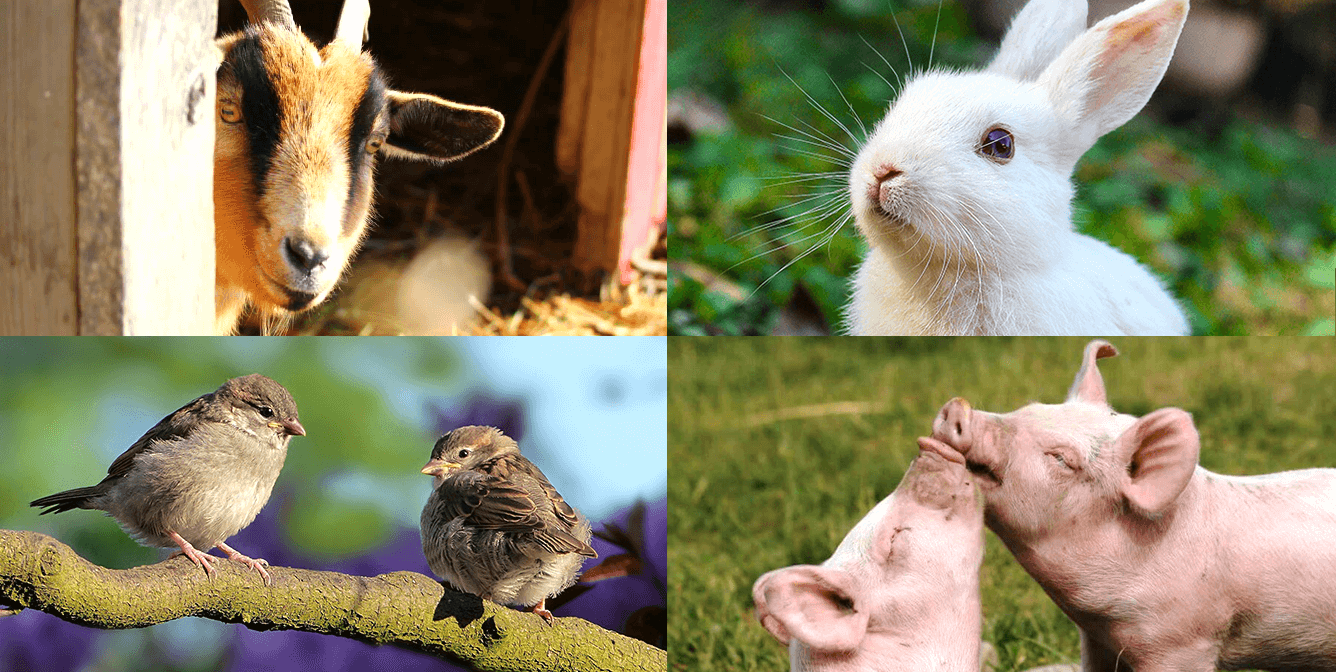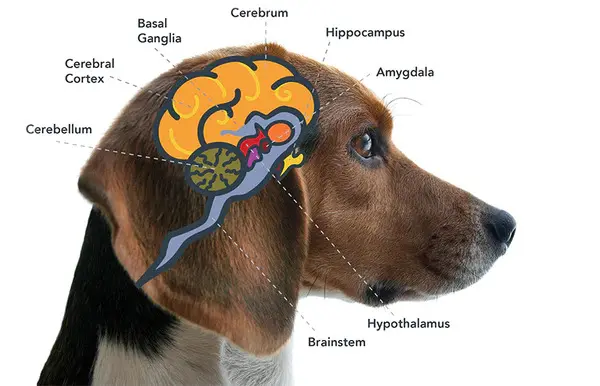
sen·tient /ˈsen(t)SH(ē)ənt/ adjective 1. able to perceive or feel things.
I recently presented at the Institute of Critical Animal Studies (ICAS) conference on “Recognizing Non-Human Animals as Sentient Beings”. I
Weeknights 7PM - Midnight
Weekends 8AM - Midnight

Introduction
Adolescent dogs, those approximately 6-24 months, are often described as defiant, bratty, elusive, and adolescent like, while adult dogs as stubborn and elusive. Studies show a decrease in bond, and an increase in unwanted behavior as puppies enter the adolescent stage. These studies, along with mainstream dog training, use exclusively Conditioning Methods, which brings to light the question….what if the outcome of these studies, and the challenges occurring during adolescence, are less to do with the dogs, and more to do with the method. Perhaps, the method used perpetuates the outcome!
Studies show that positive reinforcements used during puppyhood are successful in teaching expected behaviors, establishing a strong bond between the caregiver and the dog, developing good habits and encouraging healthy activities.
So, what happens during adolescence that leads to change in behaviors and a decrease bond?
Brain Development
Cognitive Skills
As dogs mature, cognitive skills increase. Cognitive skills enable dogs to reason, employ logic and problem solve. On the surface, these changes would seem positive; however, they can lead to challenges. For example, due to cognitive skills dogs can learn how to use the foot pedal on a garbage pail, and commonly during puppyhood they learned it is wrong to get into the garbage, so they don’t do it, but if they want to annoy us to make a point, they will intentionally get into the garbage!
Continuing to use Conditioning methods, based on their purpose and goal, makes no sense because they know right from wrong and their perception of the garbage is not the reason for the behavior.
Cognitive skills allow dogs, as with humans, to understand “larger concepts”. For example, a three-year-old child shares because they are rewarded, a thirteen-year-old understands that sharing is a social norm and creates ways to share, while young adults do what they feel is right for them, irrelevant of the consequences.
In response to these developments, parents adapt the way they parent. They have access to strategies and methods proven effective during different life stages. These methods allow for increased processing, decision-making, and self-regulation and lead to intrinsic motivation, essential factors in effectively addressing change in behaviors.
Neurons
As dogs become more curious, aware, independent and outgoing (as with human adolescents), their brain is not necessarily able to process everything going on around them, leading to behaviors are often described as “unpredictable,” or “impulsive.” Does “impulse control” come to mind? Although a human-based condition, it is often used in relation to dogs. To overcome these actions, such as jumping on the counter for food, leash reactivity, or bolting out the door, it is common to offer higher value rewards to encourage actions such as Sit, Lay Down, and Stay or Wait. Although this approach can be effective in the moment, it can be limiting because dogs know right from wrong, but their emotions are in overdrive. They may put their bum on the floor, but their brain is still thinking “when that piece of food drops…..” or “if that dog looks at me…..”, thus leading to “unpredictable” behaviour.
During adolescence, the balance between excitatory and inhibitory neurons changes. Excitatory neurons release neurotransmitters that fire “actionable” thought patterns. Inhibitory neurons release neurotransmitters that inhibit the firing of these actions. While excitatory neurons are active during adolescence, inhibitory neurons have not reached full maturation, leading to reactivity without processing first, which, as we can all relate to, leads to poor decision making! In a nutshell, their emotions are heightened, leading to responses that do not necessarily align with social norms or our expectations as caregivers. These decisions are perceived as “bad behaviors” and when corrected, can lead to a disconnect between caregivers and their dogs, while rewarding good behavior is not necessarily correlative to their thought patterns at other times.
Brain Parts
During adolescence, the connectivity between the amygdala and the hippocampus becomes frayed.
The amygdala is essential for processing and assessing surroundings, creating an emotional response that impacts behavior. The amygdala primarily regulates emotions relating to fear, anxiety, aggression, and happiness.
The hippocampus is responsible for memory and learning. This small structure is responsible for both short- and long-term memory.
The hippocampus and the amygdala work together to connect memories to emotions, which generate an emotional response. These structures help regulate reactions, including the “fight-or-flight” response.
If the amygdala and hippocampus are not “in sync” or working at full capacity, the effect of Counter Conditioning, which relies on memory to desensitize to a repeated stimulus, can be inconsistent and unpredictable.
Rescued Dogs
Now that the “science” stuff is covered, I thought I would conclude this second part of a three-part series looking at the impact of cognition and methods on our ability to bring dogs with challenging pasts into our lives. We have discussed change in behavior in adolescent dogs with positive puppyhoods, but what about dogs who did not have positive puppyhoods?
In the US, 3.3 million dogs enter shelters yearly, with behavioral reasons documented as one of the leading factors. Adolescent dogs, in particular ones with unconventional upbringings (aka “street dogs”) are the least likely to fostered and adopted.
Dogs living on their own employ a high level of cognitive skills. They are accustomed to processing their surroundings, making decisions, learning from experiences, and performing life-saving actions. They are not rewarded for their behavior in the traditional sense but rather are intrinsically motivated. Their behaviors generate a sense of accomplishment, happiness, fulfillment, and are inherently the “right” thing to do.
In recent years, there has been a decrease in adoption and fostering largely because people feel ill-equipped to meet the needs of these dogs, and they are not wrong!
Standard integration practices rely on reinforcements, patience, and coping mechanisms. Although patience is required for all methods to take effect, signs of progress and success are necessary. When methods lead to a disconnect or worsened behavior, people become disillusioned. Coping mechanisms, requiring people to adapt to their lifestyle from shutting curtains to changing schedules, can be frustrating for both humans and dogs with prolonged use.
Experts admit the challenges in domesticating these dogs because although conditioning methods can provide choices, options, and mentally enriching activities, they cannot reach a level of decision-making, self-regulation, or intrinsic motivation comparable to those naturally employed by these dogs.
Fortunately, there is a solution!
Written by Billie Groom

I recently presented at the Institute of Critical Animal Studies (ICAS) conference on “Recognizing Non-Human Animals as Sentient Beings”. I

Every year around this time pet owners are warned about toxic foods and holiday hazards. And while it’s important to

Life on the Inside: How to Keep Indoor Cats Happy (and Out of Trouble) There’s something fascinating about how differently
Pets After Dark is a subscription-based service that provides expert, local after-hours veterinary care.